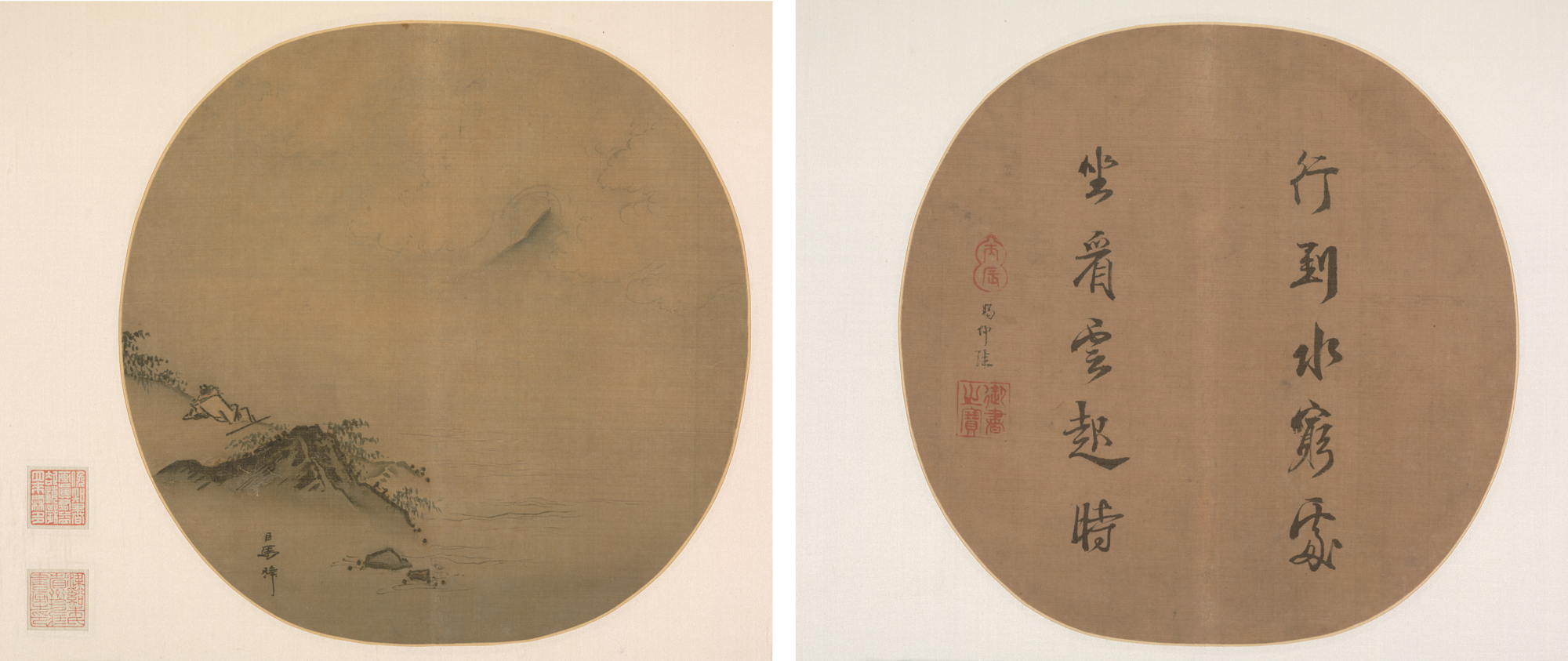Notes
1
Annie Atura, “Stanford Scholar Upends Interpretation of Philosopher Martin Heidegger,” Stanford Report, July 8, 2015 →.
2
Rainer Maria Rilke, Duino Elegies and The Sonnets to Orpheus, trans. Stephen Mitchell (Vintage Books, 1982).
3
Cited by Julian Young in Heidegger’s Philosophy of Art (Cambridge University Press, 2001), n24: “This was privately circulated as a Christmas gift to a few friends in 1975.”
4
Yuk Hui, Art and Cosmotechnics (e-flux and University of Minnesota Press, 2021), 131.
5
Hui, Art and Cosmotechnics, 286.
© 2022 e-flux and the author
